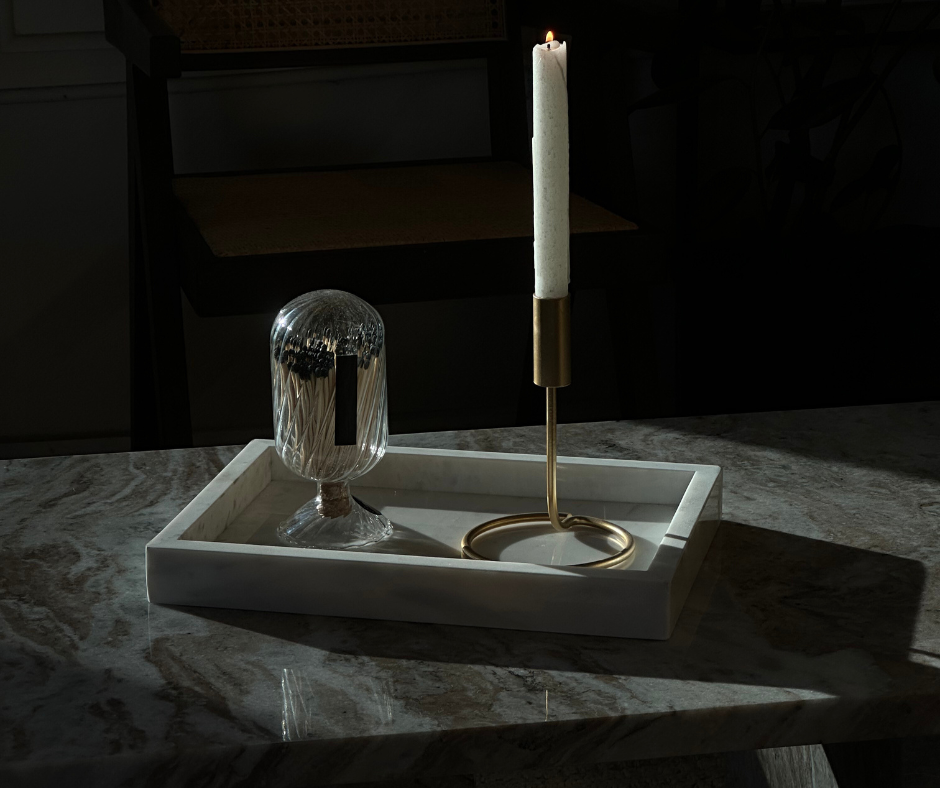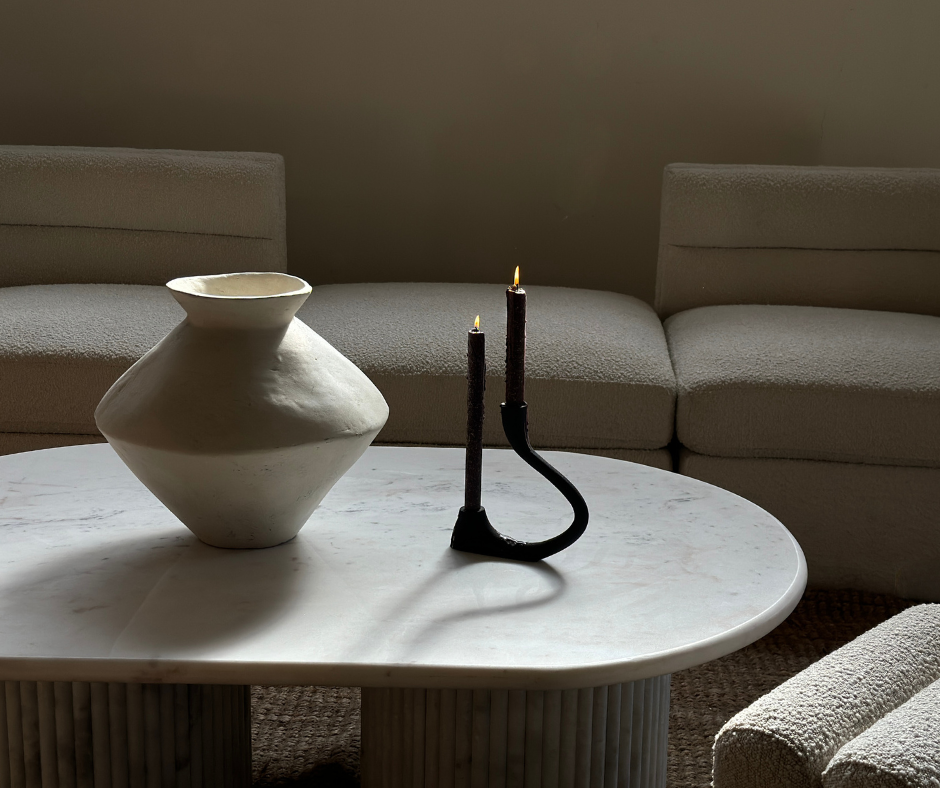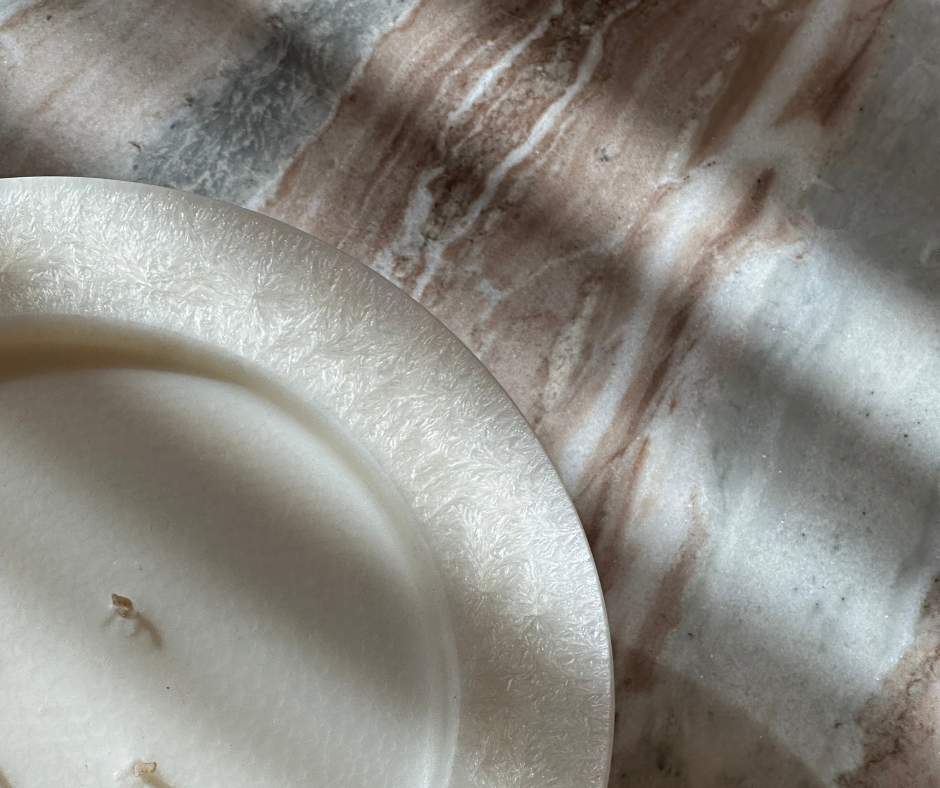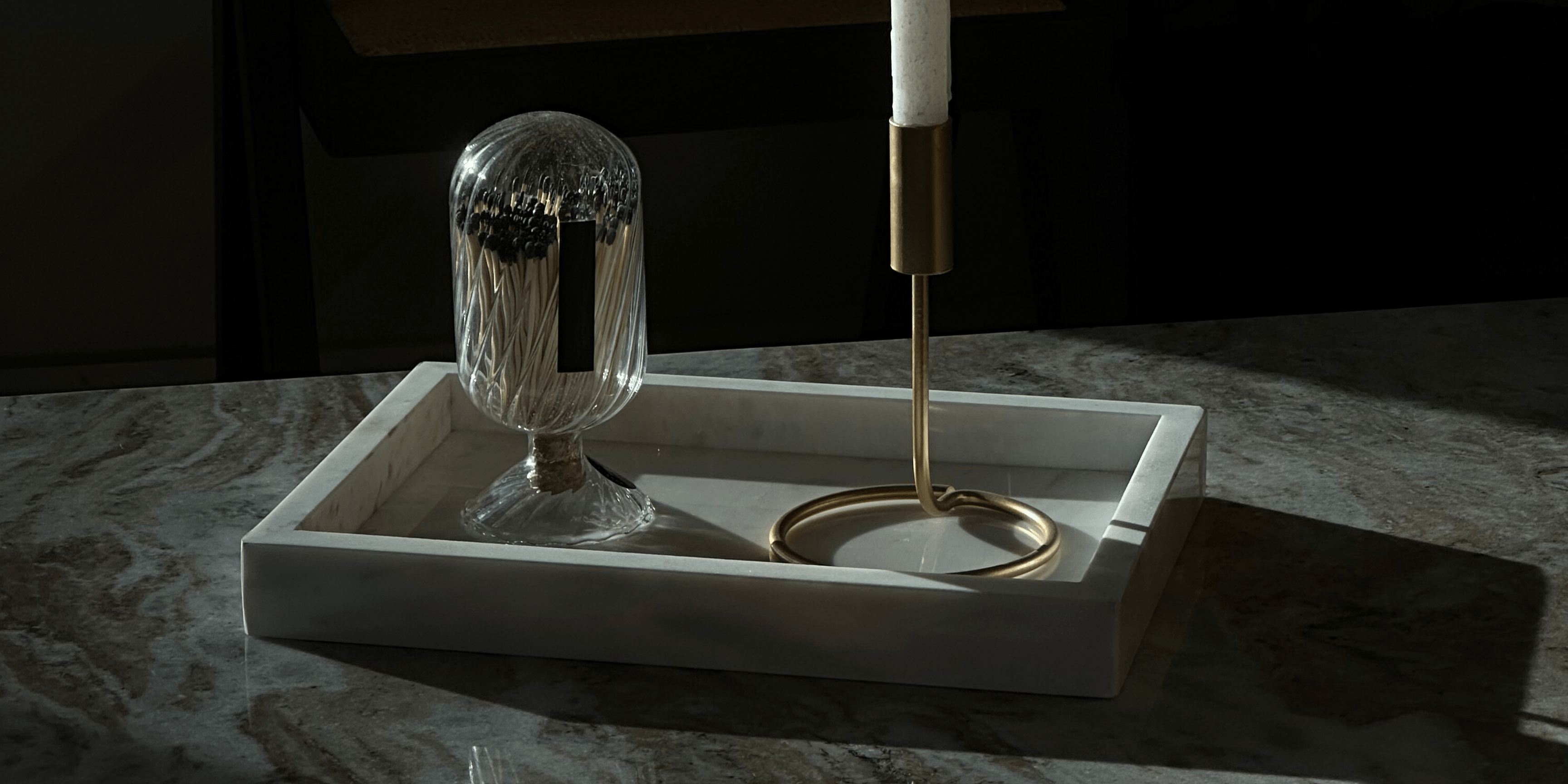Polishing marble is a meticulous process that requires care, attention to detail, and the right materials unlike a marble floor.
Marble, known for its timeless beauty and elegance, deserves proper maintenance to retain its luster and charm.
In this comprehensive guide, we'll delve into the process of learning how to polish marble table, ensuring it continues to be a stunning focal point in your living space.
UNDERSTANDING YOUR MARBLE
Before embarking on the polishing journey, it's crucial to understand the type of marble you have. Marble countertops comes in various types, such as honed marble or marble which contains a polished surface, each with distinct characteristics and compositions.
Whether it's Carrara, Calacatta, or Statuario, knowing your marble's specific traits will guide you in choosing the appropriate polishing method and products.
STEP 1: GATHER THE NECESSARY MATERIALS
Before you begin to polish your marble surfaces, make sure you have all the tools and materials required for the job. This includes:
-
Soft, lint-free cloths
-
A marble polish or pH-neutral cleaner specifically designed for marble
-
Marble polishing powder or compound
-
Polishing pads or diamond polishing pads with various grits
-
Water and a spray bottle
-
Protective gear such as gloves and eye protection
STEP 2: CLEAN THE SURFACE
Start by cleaning the marble surface thoroughly to remove any dirt, stains, or residues. Cleaning marble is important to avoid scratching or scuffing the marble.
Use a pH-neutral cleaner diluted with water and wipe the surface with a soft cloth. Ensure the surface is completely dry before moving on to the next step.
STEP 3: ADDRESS ANY STAINS, IF NEEDED
Use a damp cloth to wipe away any stains as soon as possible. If your marble table has stains, create a paste using baking soda and water.
Apply the paste to the stains and let it sit for 24 hours. For oil-based stains, use a poultice made of hydrogen peroxide and a few drops of ammonia. Wipe away the paste or poultice gently.
STEP 4: CHOOSE THE POLISHING METHOD
Decide whether you will use dry or wet polishing. Dry polishing involves using marble polishing powder, while wet polishing uses diamond polishing pads with water.
DRY POLISHING STEPS:
A. SURFACE PREPARATION
-
Ensure the table is clean and dry.
-
Mask off any areas not to be polished, such as metal accents or wooden edges.
B. APPLICATION OF POLISHING POWDER
-
Sprinkle a small amount of marble polishing powder on the surface.
-
Dampen the polishing pad with water and gently rub the powder in circular motions.
C. BUFFING
-
Use a soft, lint-free cloth to buff the entire surface.
-
Continue buffing until the desired level of shine is achieved.
WET POLISHING STEPS:
A. SURFACE PREPARATION
-
Clean the marble table thoroughly.
-
Attach the lowest grit diamond polishing pad to the stone polishing machine.
B. WET POLISHING
-
Keep the surface wet by spraying water or using a wet polishing pad.
-
Run the polishing machine over the surface in a consistent, overlapping pattern.
-
Gradually move to higher grit pads, repeating the process until you reach the desired polish.
C. FINAL POLISHING
-
Use a high-grit polishing pad for a final pass to achieve a glossy finish.
-
Wipe away any remaining water or residues.
STEP 5: SEAL THE MARBLE
Consider applying a marble sealer after polishing to protect the surface from stains and spills. Follow the manufacturer's instructions for the specific sealer you choose.
STEP 6: REGULAR MAINTENANCE
Maintain the polished marble table by following these practices:
-
Clean spills promptly to prevent stains.
-
Use coasters under glasses and cups to avoid water rings.
-
Dust the surface regularly to prevent scratches from dirt and debris.
STEP 7: TROUBLESHOOTING
If you encounter issues during the polishing process, such as uneven shine or scratches, reassess your techniques and, if necessary, consult a professional for advice.
STEP 8: ENJOY YOUR BEAUTIFULLY POLISHED MARBLE TABLE
Once you've completed the polishing process and regular maintenance, your marble table will radiate elegance and beauty, becoming a stunning centerpiece in your home.
Frequently Asked Questions

HOW OFTEN SHOULD I POLISH MY MARBLE TABLE?
The frequency of polishing depends on factors like usage, the presence of scratches or stains, and personal preference. Generally, once a year is sufficient for routine maintenance, but high-traffic areas may require more frequent polishing.
CAN I USE HOUSEHOLD CLEANERS ON MY MARBLE TABLE?
It's advisable to use pH-neutral, marble-specific cleaners to avoid damage. Harsh chemicals or acidic substances found in common household cleaners can erode the marble's surface over time.
ARE THERE ANY DIY METHODS FOR REMOVING STAINS FROM MY MARBLE TABLE?
Yes, for mild stains, a paste made from baking soda and water can be effective. For oil-based stains, a poultice made of hydrogen peroxide and a few drops of ammonia may help. However, professional assistance might be required for stubborn stains.
CAN I USE ANY POLISHING POWDER FOR DRY POLISHING MY MARBLE TABLE?
It's essential to use a high-quality, marble-specific polishing powder to achieve the best results. Choose a product that suits your marble's color and type, and always follow the manufacturer's instructions.
WHAT SAFETY PRECAUTIONS SHOULD I TAKE WHEN POLISHING MY MARBLE TABLE?
Wear protective gear such as gloves and eye protection, especially when working with polishing compounds. Adequate ventilation in the workspace is crucial, whether you're using dry or wet polishing methods.
HOW DO I KNOW IF MY MARBLE TABLE NEEDS SEALING AFTER POLISHING?
Perform a water droplet test. If water beads up on the surface, your marble is adequately sealed. If it absorbs into the marble, it's time to apply a sealer. Follow the manufacturer's guidelines for the specific sealer you choose.
CAN I USE THE SAME POLISHING PADS FOR DIFFERENT MARBLE TABLES?
While you can use the same set of polishing pads for multiple tables, it's crucial to clean them thoroughly between uses to avoid cross-contamination. Residue from one type of marble may affect the polishing process on another.
IS PROFESSIONAL ASSISTANCE NECESSARY TO POLISH MARBLE?
While DIY methods are popular, seeking professional help ensures the best outcome, especially for intricate polishing needs or valuable marble tables. Professionals have the experience and tools to handle various challenges.
HOW CAN I PREVENT SCRATCHES ON MY MARBLE TABLE?
Place protective pads or coasters under objects, especially those with rough or abrasive bases. Regularly dust the surface using a soft, microfiber cloth to minimize the risk of scratches.
CAN I USE WAX ON MY POLISHED MARBLE TABLE FOR ADDED SHINE?
It's generally not recommended to use wax on marble surfaces, as it can trap moisture and create a dull appearance over time. Stick to marble-specific polishing compounds for optimal results..
Polishing your marble table is an essential practice that transcends the superficial, embodying a commitment to preserving both aesthetics and functionality.
As time elapses, the wear and tear experienced by marble can dull its luster and invite blemishes. Regular polishing becomes a restorative ritual, breathing life back into the stone, showcasing its inherent natural beauty, and unveiling the natural, mesmerizing patterns unique to each piece.
Beyond the cosmetic benefits, polishing safeguards the surface, forming a protective shield against scratches and stains, and enhancing the table's resilience against the rigors of daily use.
The process also contributes to a cleaner and more hygienic environment, eliminating potential breeding grounds for bacteria.
By embracing the art of polishing, you not only elevate the visual allure of your marble table but also embark on a journey of responsible ownership, ensuring that this timeless piece continues to captivate with its enduring elegance.
Learn more about our marble coffee tables here.







